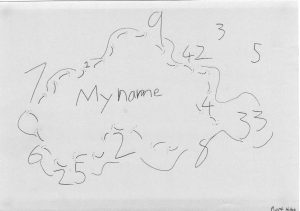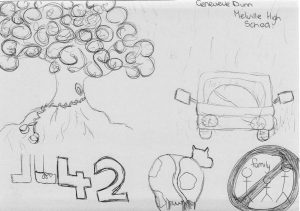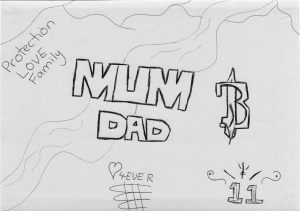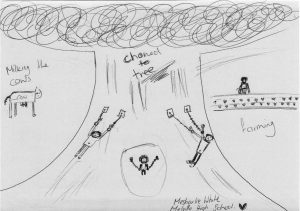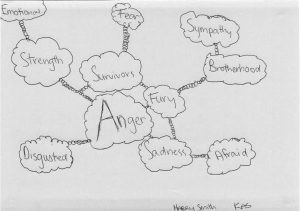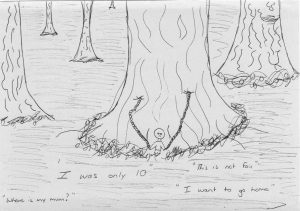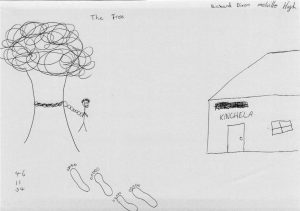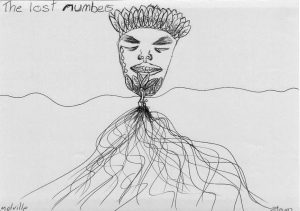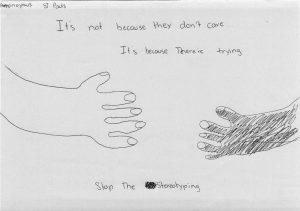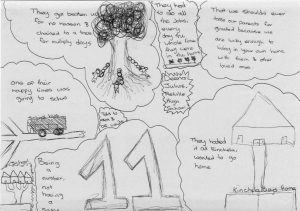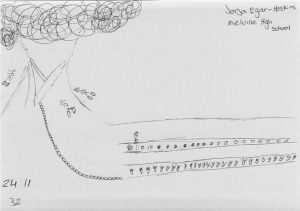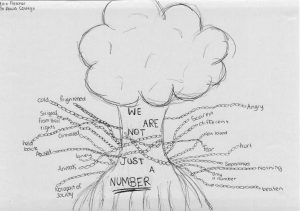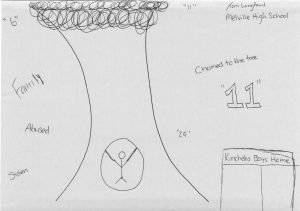Mapping KBHAC
A Stolen Generations Community Heritage Project
An intergenerational storytelling and mapping project about the heritage listed Kinchela Aboriginal Boys Training Home site and its contemporary significance.
MEDIA RELEASE Wednesday 2 March 2022:
Survivor-led healing to preserve, restore, and reimagine the former Kinchela Boys Home as a national site of truth-telling and healing
A Stolen Generations Community Heritage Project
This webpage gives an overview of the areas of significance relating to the former Kinchela Boys Home site and places associated with that site and includes footage from the first school and community project that took place at the site in May 2018 to commemorate National Sorry Day (May 26).
The former Kinchela Aboriginal Boys Training Home (KBH) Site was listed on the NSW State Heritage Register (Listing no: 01875, Gazetted 17 February 2012). in 2012 and in 2013 the site was listed as an ‘Aboriginal Place’ under the National Parks and Wildlife Act 1974 (NSW) (Gazetted 28 June 2013, Gazette No. 79, p3128- 3129). In 2014, KBHAC commissioned Design 5 Architects to prepare this Conservation Management Plan for the former KBH site.
A Conservation Management Plan identifies and describes why a place is important (cultural significance) and then proposes an action plan, policy, or strategy to keep that importance (conservation policy) and manage it into the future. The former KBH site has been assessed as having an Exceptional degree of cultural significance at State and Local levels. It is generally accepted, and in many cases mandatory, that all work on such places should be carried out in accordance with the principles of the Australia ICOMOS Burra Charter. Forming a key component in guiding future use, management and development, this Conservation Management Plan will ensure that the significance of the former KBH site is retained and where possible strengthened to be understood and respected by all.
The process of research and drafting this conservation management plan has been one of close collaboration between consultant and Kinchela Boys Home survivors. The process itself mirrors the path of many survivors re-connecting with the former KBH site, understanding it and telling its stories, defining what is important about it, and then projecting forward into the future to explore the role the site plays in the journey of healing.

Site
The interactive map gives an overview of the areas of significance relating to the former KBH site and areas of significance associated with that site.
Click on the Red markers to for more information and an image of that particular location.

Truth Telling
The former KBH site provides contemporary Australia with physical and tangible evidence of the destructive impacts of government policies and practices of the forced removal and assimilation of Aboriginal children during the early to mid twentieth century. The place itself, historical records, and the memories and stories of survivors offer the potential to educate and deepen understanding for all Australians of this shameful chapter in our country’s history.
This not only has the potential to strengthen understanding and compassion towards those who continue to suffer as a result but to also be able to heal together as a nation. There is healing in truth telling and the former KBH site is a site of national truth telling.
The Macleay Valley Schools’ Sorry Day 2018 event that was held at the former Kinchela Boys Home site show this in action. This short film and showcase of students’ drawings from the day reflecting on their experiences and what they had learnt help demonstrate this.
Kinchela Boys Home Museum
KBHAC has gathered a remarkable collection of oral and historical material on the former Kinchela Boys Home. This material, combined with the physical evidence remaining on the site, offers rich insight into the history of the institution, its conditions and evolution over time, and its lasting impact on survivors, their families and Aboriginal Australians.
Additionally, material is held at other locations including the Mitchell Library – State Library NSW, Australian Institute of Aboriginal and Torres Strait Islander Studies (AIATSIS), State Records, National Archives, National Museum of Australia, Macleay Valley Historical Society, as well as material held by local families and communities, survivors and their families and communities.
Given the wealth of available material, a museum associated with KBH would be an appropriate use on the site provide a ‘keeping place’ to bring together and share this extensive collection of information in one location. As the only Aboriginal boys’ home in NSW to retain some of its buildings as they were set out during the time the institution was in operation, the former KBH site is better placed than any other in the state to strengthen understanding for broader society on what happened, why it happened and the traumatic impacts that continue to be suffered by survivors, their families and communities.
Capturing the stories and memories of this place, a museum would help educate more people about the history of KBH and the Stolen Generations. The inspiring stories of strength of the survivors and the enduring spirit of the KBH community has potential to provide a source of inspiration for future generations.
The challenge is to express and interpret the rich history of the site and its deeply personal values in a way that is appropriate, sensitive and accessible to a broad range of audiences.


